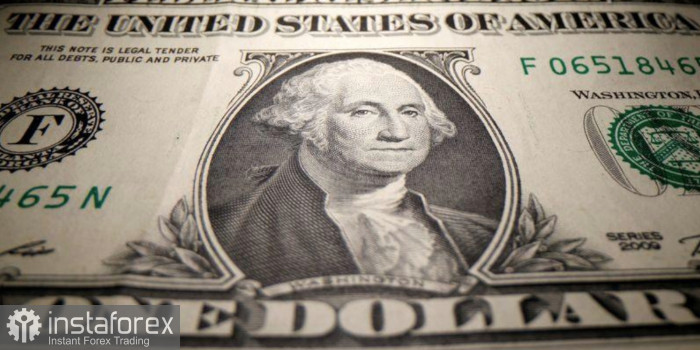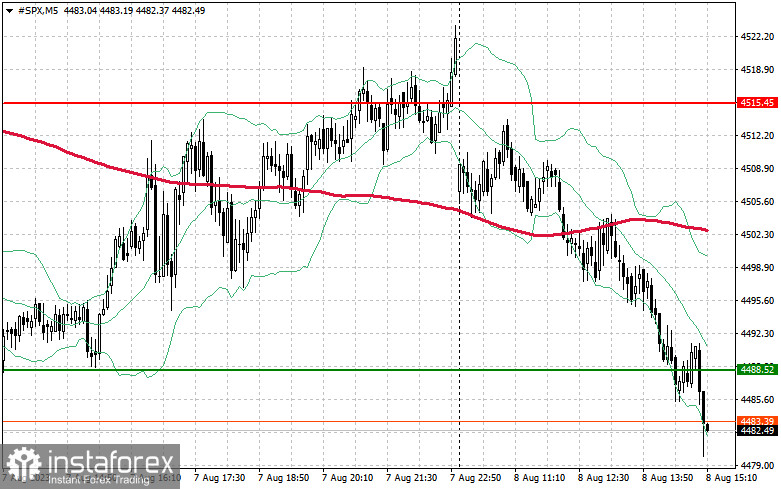Futures on US stock indices opened with a decline and are trading in the negative territory ahead of the regular session. Meanwhile, bond yields have dropped worldwide due to news about Italian banks, and economic difficulties in China and the US, which heightened concerns about the financial system, its safety, and global economic stability.
The yield on 10-year Treasury bonds fell by 10 basis points, and rates in Germany decreased by 15 basis points. The US dollar index increased by 0.5%. S&P500 futures are trading in the red zone, down 0.4%, while NASDAQ lost about 0.5%.

Volatility surged in European markets, particularly affecting the banking sector following news of Italy introducing a new tax on excess profits. As a result, UniCredit SpA and Intesa Sanpaolo SpA stocks dropped by more than 7%. Meanwhile, Moody's downgraded credit ratings of 10 small and medium-sized US banks and warned about risks related to commercial real estate lending. The agency will also focus on signs of stress in the industry, as rising interest rates force banks to pay more for deposits and increase financing costs from alternative sources.
Investor sentiment worsened after China published data indicating an economic growth slowdown: exports fell to levels seen in early 2020, and imports were also affected. The Hang Seng China Enterprises index dropped by about 2%. This led to declining commodity prices, with oil and copper losing nearly 2%.
The MSCI Emerging Market stock index reached a four-week low and is poised to break its 50-day moving average. There is some positive news though. The reduced demand for commodities and goods due to the economic growth slowdown will likely lead to lower global commodity prices and slightly ease inflationary pressures. However, this might not be enough for central banks, which are more focused on combating high core inflation, excluding energy prices.

Regarding the S&P 500 index, the demand for the trading instrument remains relatively low. Bulls have a chance for a continued uptrend, but they need to settle the price above $4,515. From that level, a leap to $4,539 may occur. Bulls should maintain control above $4,557, strengthening the bullish market. In case of a downside movement amid reduced risk appetite, bulls should protect $4,488. A breakthrough will quickly push the trading instrument back to $4,469 and $4,447.





















